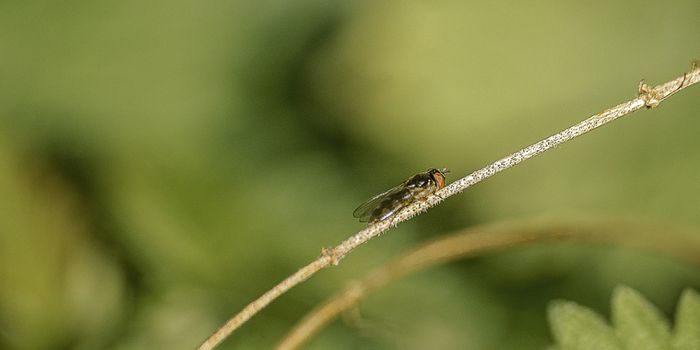Many species of Campylobacter bacteria are infectious and can cause a disease called campylobacteriosis in animals and people. It's a common cause of foodborne diarrheal illness, resulting in three times more cases than Salmonella, E.coli, and Listeria combined, and is thought to affect one in seven people at some point in their life. It can live in the feces of pigs, chickens, cattle, and wild animals, and it's been estimated that 20 percent of all cattle worldwide carry it in their feces. Because of the high rate of antibiotic use in agriculture, many Campylobacter microbes are drug-resistant.
Researchers at the Universities of Bath and Sheffield are warning that intensive farming practices are increasing the risk to public health; high numbers of animals, low genetic diversity among those animals, the overuse of antibiotics, and an evolving microbe is presenting a growing threat.
"There are an estimated 1.5 billion cattle on Earth, each producing around 30 kilograms of manure each day; if roughly 20 percent of these are carrying Campylobacter, that amounts to a huge potential public health risk," explained Professor Sam Sheppard of the Milner Centre for Evolution at the University of Bath. "Over the past few decades, there have been several viruses and pathogenic bacteria that have switched species from wild animals to humans: HIV started in monkeys; H5N1 came from birds; now COVID-19 is suspected to have come from bats."
Reporting in the Proceedings of the National Academy of Sciences, the researchers analyzed the evolution of Campylobacter, and found that as numbers of cattle rose dramatically in the twentieth century, strains of Campylobacter that were specific to cattle also emerged.
The scientists suggested that as cattle diets changed, there were shifts in physiology that promoted the transfer of genes between Campylobacter strains that lived in cattle and other Campylobacter strains. These gene swaps enabled the pathogen to cross the species barrier and start infecting people.
"Our work shows that environmental change and increased contact with farm animals has caused bacterial infections to cross over to humans too," noted Sheppard. "I think this is a wake-up call to be more responsible about farming methods, so we can reduce the risk of outbreaks of problematic pathogens in the future."
Global trade, which has promoted the movement of animals around the world, has also contributed to the problem.
"Human pathogens carried in animals are an increasing threat and our findings highlight how their adaptability can allow them to switch hosts and exploit intensive farming practices," added Professor Dave Kelly from the Department of Molecular Biology and Biotechnology at the University of Sheffield.
Sources: AAAS/Eurekalert! via University of Bath, Proceedings of the National Academy of Sciences









